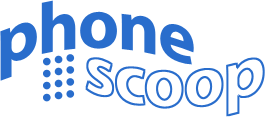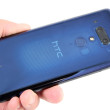GAIT
GSM/ANSI-136 Interoperability Team.
GAIT, the GSM/ANSI-136 Interoperability Team, was a group composed of North American TDMA and GSM operators, and the Universal Wireless Communications Consortium (UWCC). They developed a standard (also referred to as "GAIT"), which allows seamless roaming between TDMA and GSM networks.
GAIT is no longer a useful technology since the last remaining major TDMA networks were shut down in 2007-2008.
TDMA (ANSI-136) and GSM were two of the three main digital technologies for mobile phones and networks in 2001-2004, when GAIT phones were sold. (CDMA was the other.)
The driving force behind this standard was the fact that two major US carriers - AT&T Wireless and Cingular - were both transitioning their networks from TDMA to GSM technology. During the transition period, they were operating both types of networks at the same time. Therefore, it was beneficial to have phones that work seamlessly on both types of networks.
GAIT technology consisted of upgrades to the networks, and also new "GAIT" phones. With both in place, roaming and features like SMS text messaging and voice mail were seamless across both types of networks, making the transition smoother for users.
GAIT technology did NOT provide seamless handoffs between TDMA and GSM. For example, when moving from a TDMA area to a GSM area (such as on a highway) a call in progress would drop. GAIT only allowed certain features to work similarly on both types of networks. Without GAIT, TDMA users would not be able to access SMS while on a GSM network, and vice-versa.



